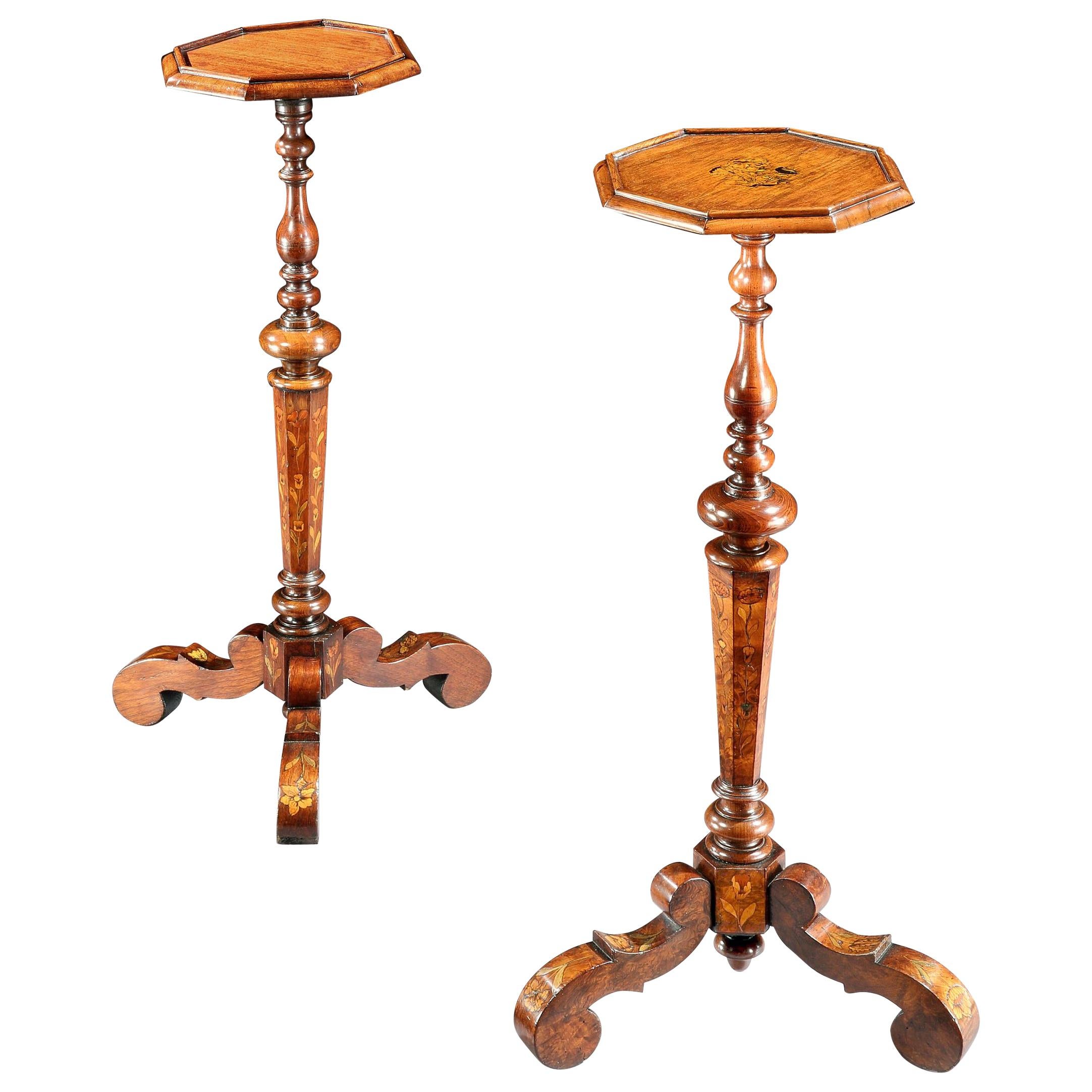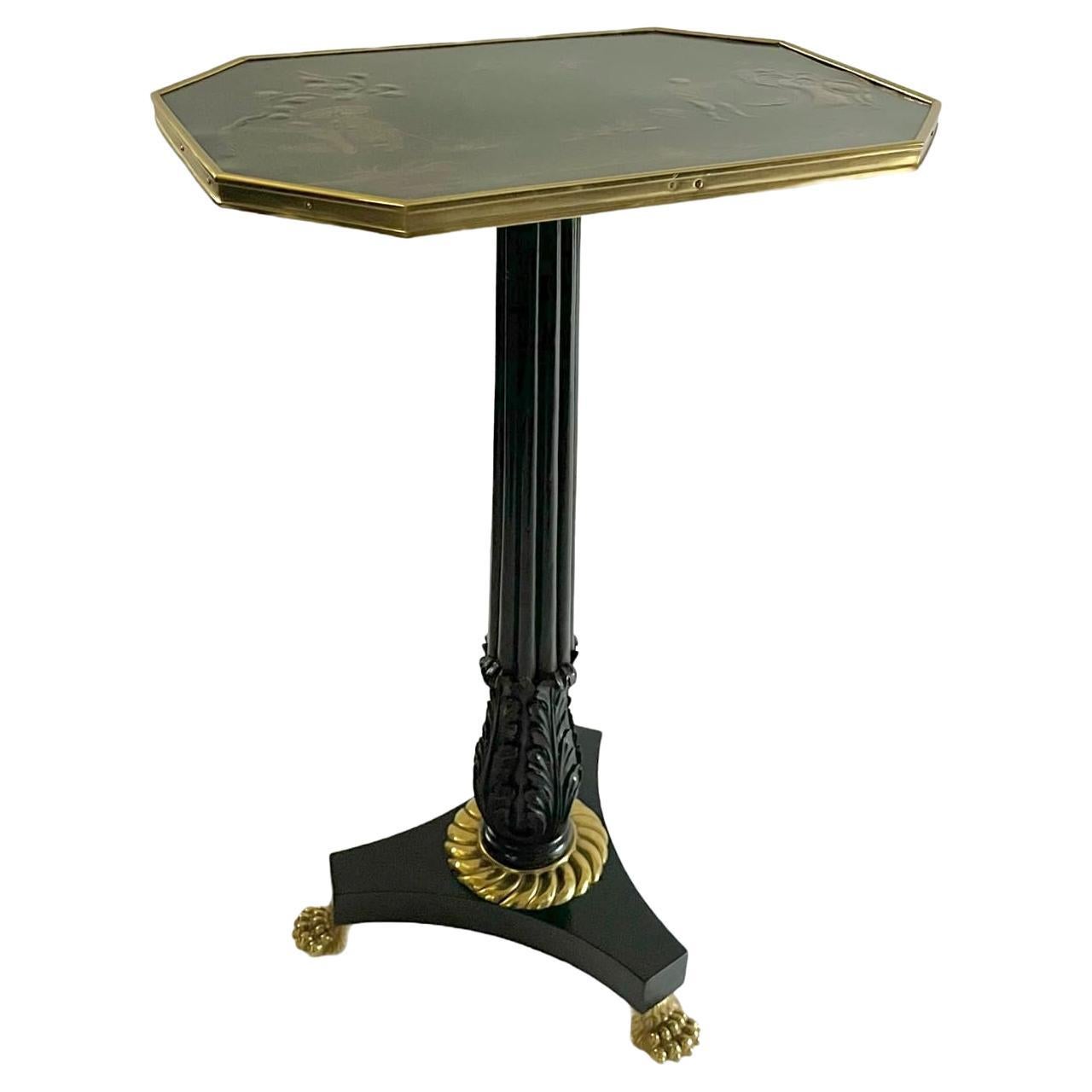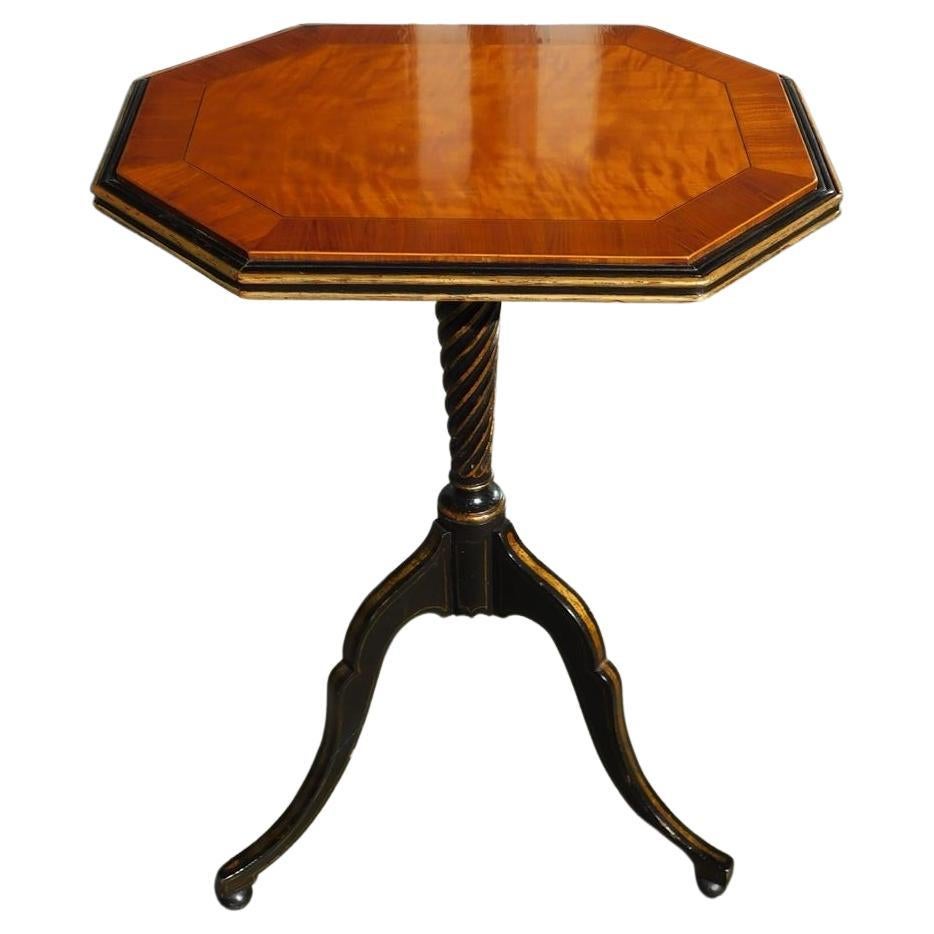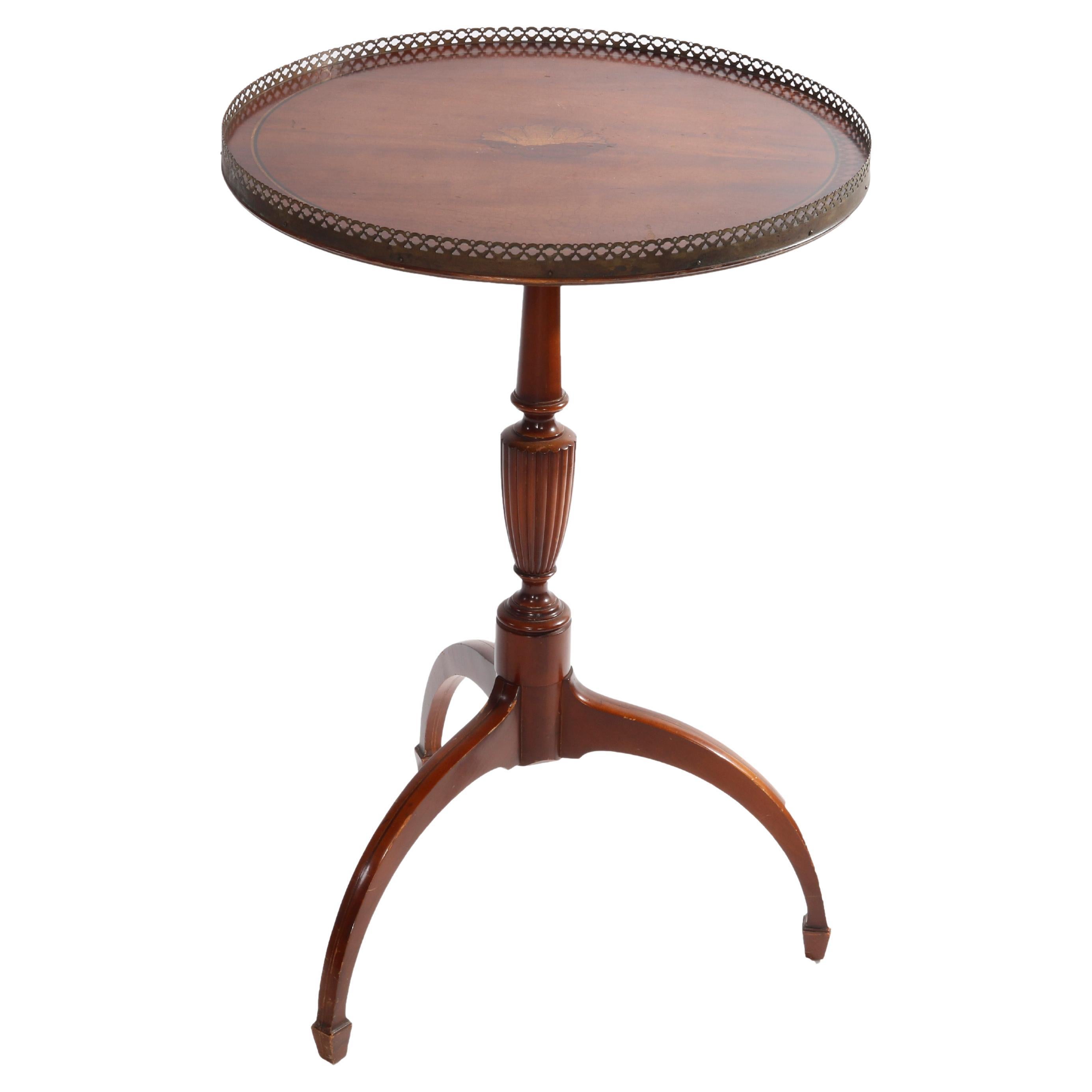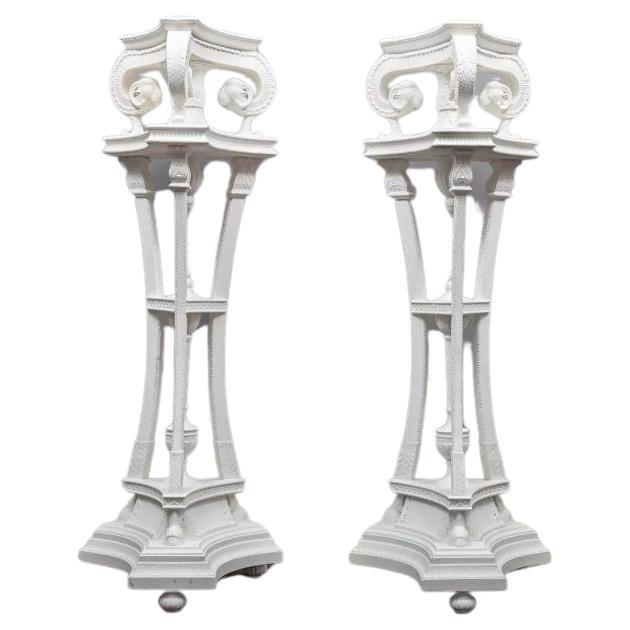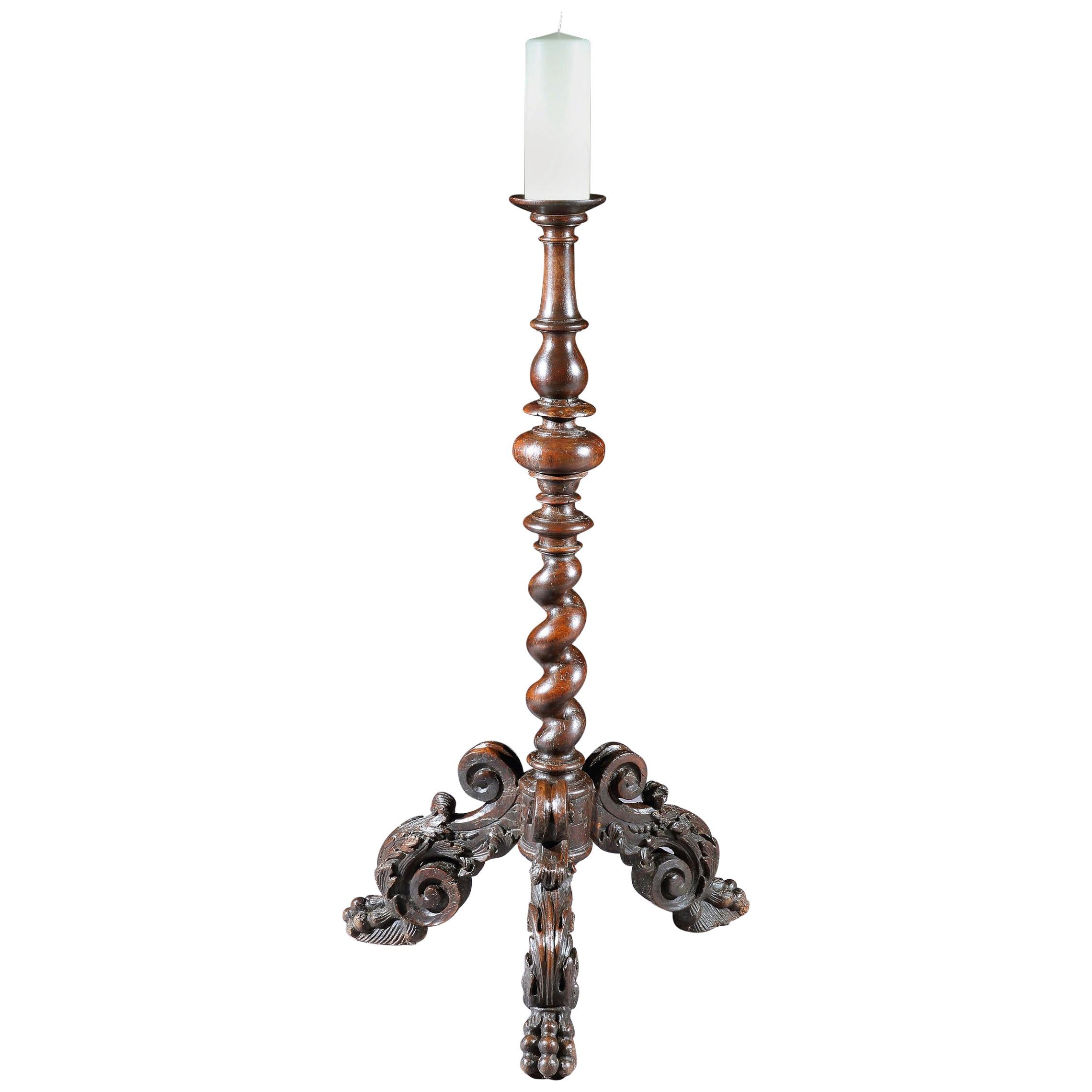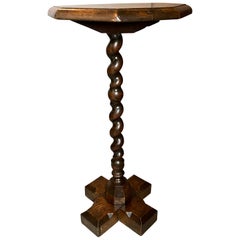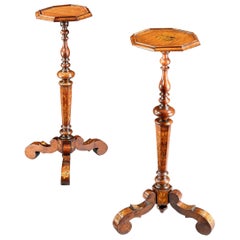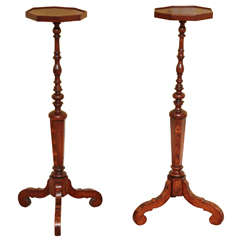
Fine Pair of William & Mary Period Walnut Torcheres, English c.1690
View Similar Items
1 of 10
Fine Pair of William & Mary Period Walnut Torcheres, English c.1690
About the Item
- Dimensions:Height: 18 in (45.72 cm)Width: 18 in (45.72 cm)Depth: 37.5 in (95.25 cm)
- Sold As:Set of 2
- Materials and Techniques:
- Place of Origin:
- Period:
- Date of Manufacture:c.1690
- Condition:Wear consistent with age and use.
- Seller Location:New York, NY
- Reference Number:Seller: 4044A1stDibs: 1401228565391
You May Also Like
- William and Mary Walnut and Oak Candle StandLocated in Essex, MACircular top with molded edge with shaped molded support. Tripartite legs.Category
Antique Early 1700s English Candle Stands
MaterialsWalnut
- William and Mary Oak CandlestandLocated in Essex, MAOctagonal top and barley twist support ending on an X-form platform base.Category
Antique 1710s English William and Mary Candle Stands
MaterialsOak
- Near Pair of Candle Stands or Torchères, Late 17th Century, EnglishLocated in BUNGAY, SUFFOLKDue to their utilitarian nature, surviving pairs of 17th century candle stands/torchères are extremely rare and generally only seen today in great houses. The quality of the marquetry decoration and the attention to detail indicate that these candle stands were probably made for a substantial household. The turned stems displays the skill of the turner, and create fluidity, variety of form, emphasing the quality of the solid walnut grain and the floral inlay as well as holding and balancing the form of the top. The sweeping, scroll feet balance the proportion and fluidity of the candle stands/torchères, giving them presence. They are sturdy and in excellent condition. Virtually identical turnings and form. Both with octagonal tops, one with a central marquetry floral spray, the other plain. The upper sections with solid walnut baluster and ring turnings leading into lower octagonal sections decorated with marquetry floral sprays repeated 3 times. The stems supported by octagonal blocks with a repeat of the floral spray and scroll tripod bases with two floral sprays on the upper facing sections. Excellent original colour and patina. English. Height 96cm, Top diameter 29cm Moveable stands to support a candlestick or lamp were intended to supplement the fixed lighting arrangements of rooms. The evidence of inventories suggests that they did not become common in France until about 1650 when they accompanied fine tables and cabinets. Such stands, being sometimes in the form of gueridons. The fashion for decorative candlestands spread rapidly after the Restoration, when they were often made en-suite to flank a sidetable with a mirror above. Such sets are mentioned in lists of household goods and by contemporary writers. In 1664, for instance, Mary Verney is anxious to obtain “a table and stands of the same coler”. The Academy of Armory, published in 1688, defines a candle-stand as a “little round table...Category
Antique Late 17th Century English William and Mary Candle Stands
MaterialsWalnut
- Maple William & Mary Dish-Top CandlestandLocated in West Chester, PACandlestand with circular top, turned pedestal, three turned legs and ball feet. Black paint is not original.Category
Antique 18th Century and Earlier Candle Stands
MaterialsMaple
- English Regency Chinoiserie Lacquer Top Ebonized Brass Mounted Stand, circa 1820Located in Kinderhook, NYA beautiful and very chic circa 1820 English Regency period stand or occasional table having brass bound 17th/18th century Chinese lacquer panel top on reeded pedestal ending in acan...Category
Antique Early 19th Century English Regency Candle Stands
MaterialsBrass
- English Regency Painted & Gilt Satinwood Inlaid Tripod Candle Stand, Circa 1790Located in Hollywood, SCEnglish Regency painted and gilt satinwood inlaid tripod candle stand with a spiral ringed pedestal, and resting on curvature splayed legs with bal...Category
Antique 1790s English Regency Candle Stands
MaterialsPaint, Giltwood, Satinwood
Recently Viewed
View AllMore Ways To Browse
Bone Inlaid Dining Table
William And Mary Marquetry
18th C Fruitwood Tables
18th C Candle Stand
William And Mary Marquetry Table
18th Century Torcheres Stands
William And Mary Wood Dining Tables
18th C Fruitwood Dining Tables
18c Torchere
Candle Top Table
18th Century Hall Stand
Antique Candle Stand Table
Antique Wood Candle Stand
Tripod Candle Stand
Antique Candlestand
Vintage Candle Stands
Candlestand Table
Tilt Top Candle Table


